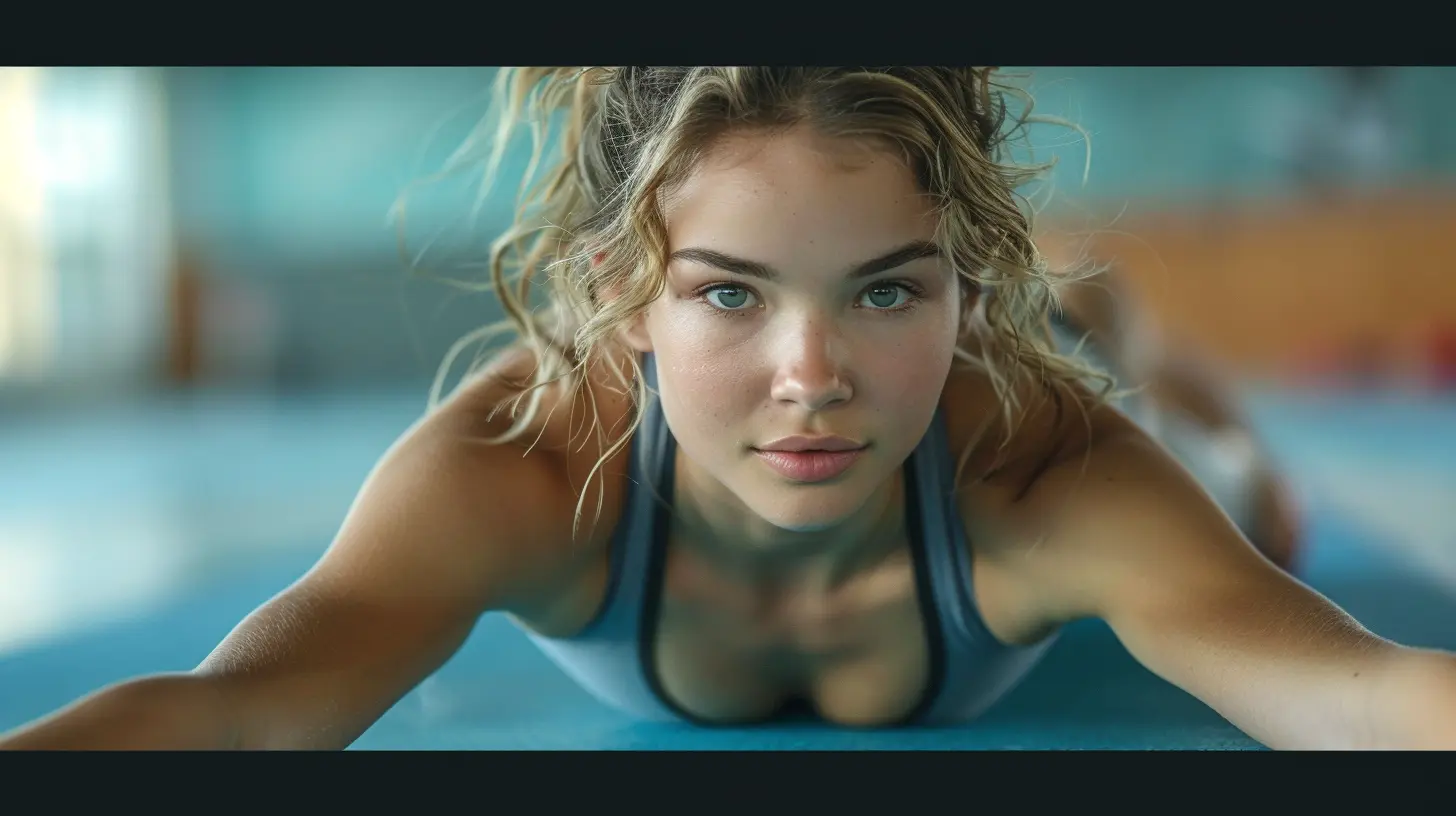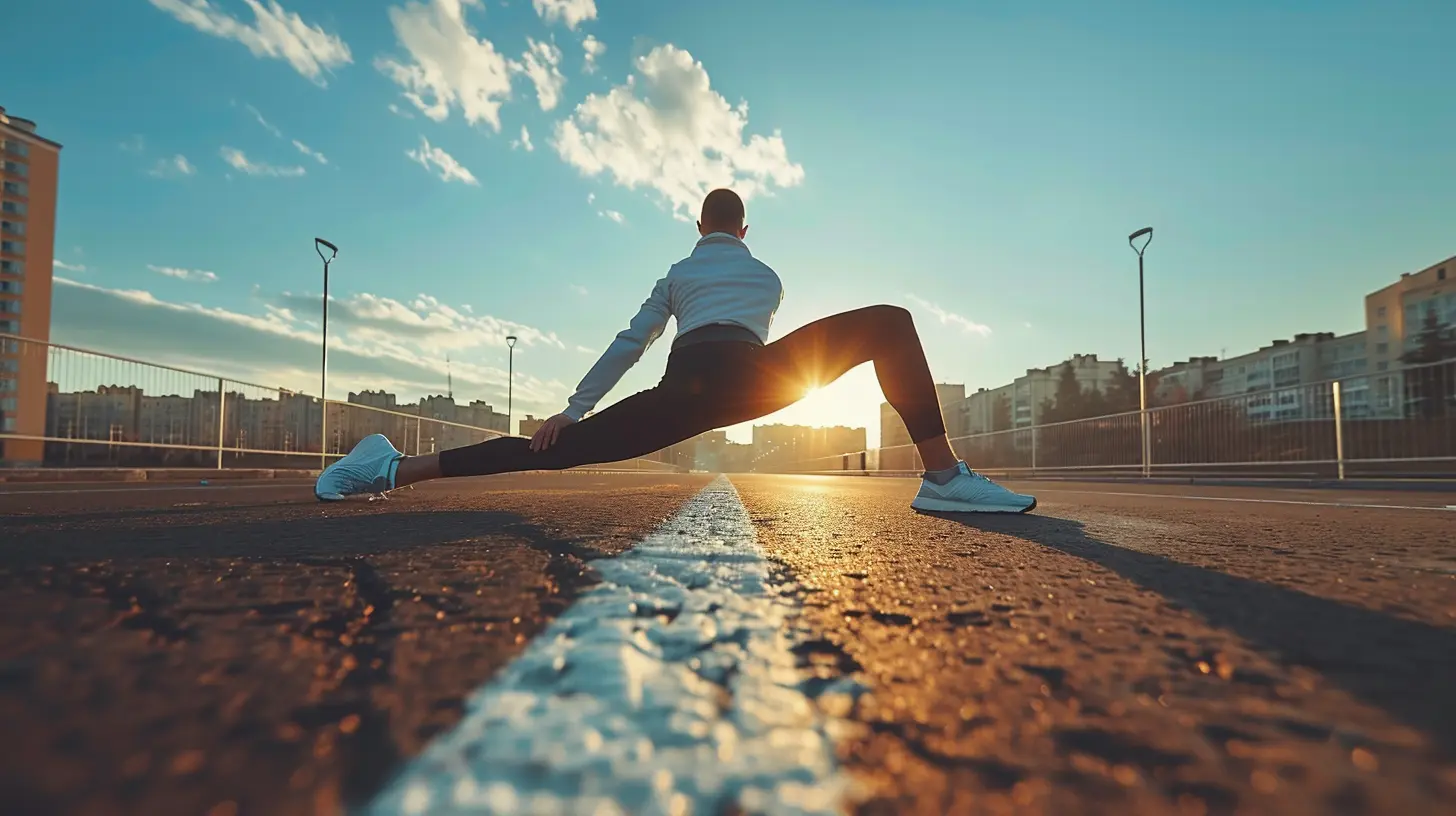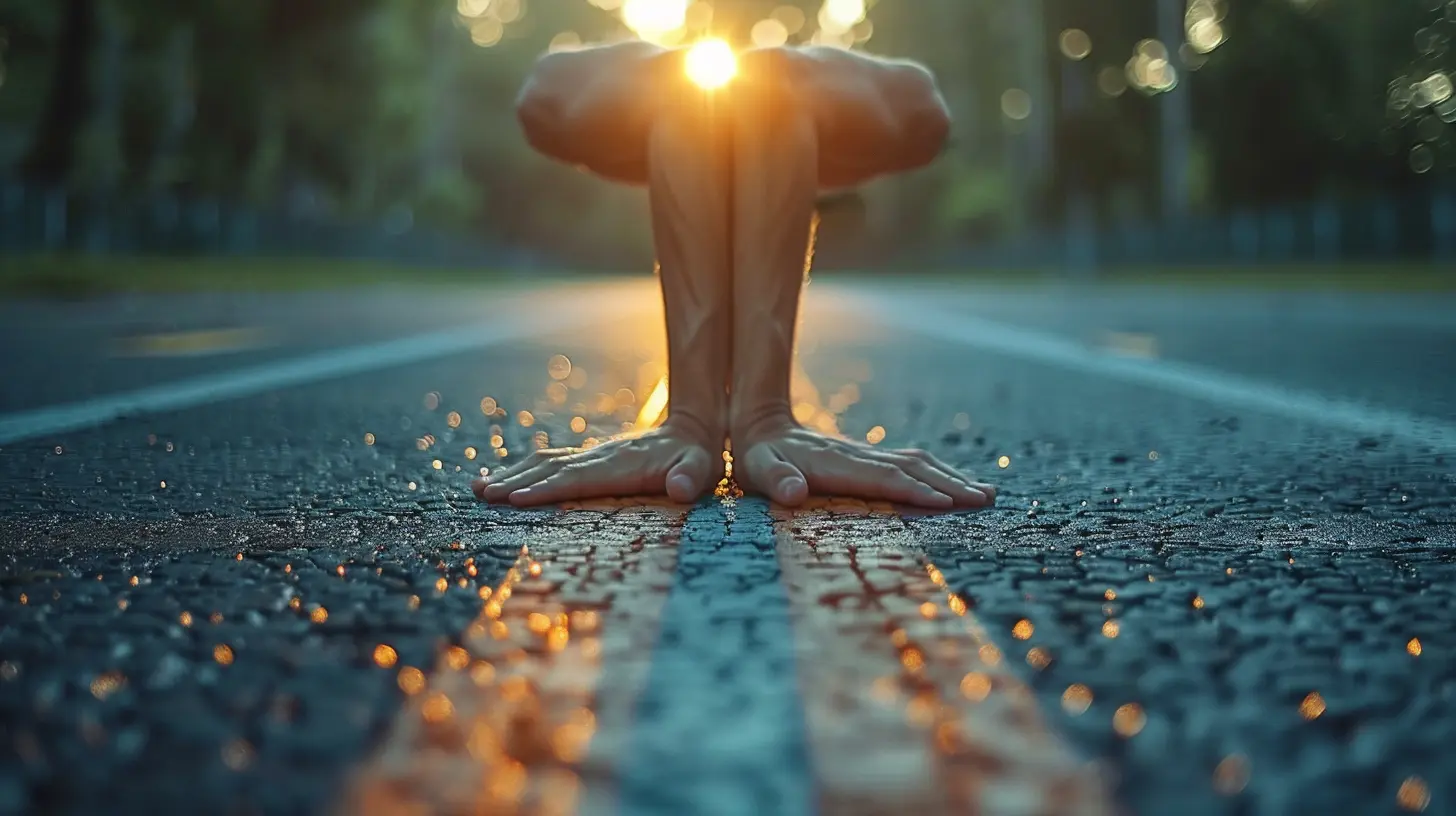Active vs. Passive Stretching: Which is Right for You?
31 July 2025
Stretching. We all know we should be doing it. But when push comes to shove, most of us rush through a few half-hearted toe-touches before our workout and call it a day. Sound familiar?
Stretching plays a huge role in mobility, recovery, and overall physical performance. But not all stretching is created equal. That brings us to a common dilemma — active vs. passive stretching. Which one should you be doing, and when? More importantly, how do you incorporate it in your routine without turning your warm-up or cool-down into a chore?
Let’s break it down in a way that’s simple, practical, and tailored to real people with real goals — whether you’re chasing a marathon PR, looking to touch your toes for the first time, or just want to move pain-free.
What Is Stretching, Really?
Before we split hairs on active vs. passive stretching, let’s get one thing straight — stretching is more than just bending and holding your limbs in funny positions.At its core, stretching is all about lengthening your muscles and tendons to improve flexibility and range of motion. That, in turn, helps reduce the risk of injury, improve posture, enhance performance, and even support recovery.
Now, onto the main event.
What Is Active Stretching?
Active stretching involves using your own muscles to hold a stretched position — no outside help involved. You're basically flexing one muscle group to stretch another. Think of it as your muscles doing all the heavy lifting.A Quick Example
Try this: Stand up and lift your right leg straight in front of you as high as you can without grabbing it. Your quads (on the front of your thighs) are actively working to stretch your hamstrings (on the back of your thighs). That’s active stretching in action.Key Benefits of Active Stretching
- Improves muscle control: You’re not just increasing flexibility; you're also teaching your body how to control it.- Warms up the muscles: Because you're engaging the muscles, this type of stretch is great for pre-workout routines.
- Enhances coordination and balance: Active stretching often involves holding positions that challenge stability, which is great for athletes and fitness buffs.
When to Use Active Stretching
- Before workouts or sports activities (perfect during your warm-up)- During yoga flows or mobility drills
- Anytime you want to improve muscle activation or body awareness

What Is Passive Stretching?
Now, passive stretching is the more "relax and let it happen" version of flexibility work. Instead of using your own muscles, you rely on an external force — gravity, a strap, a partner, or even the floor — to help get into a deeper stretch.A Quick Example
Sit down, extend your right leg out in front of you, and reach toward your toes with your hands. Eventually, gravity takes over, and you find yourself melting into the stretch. You're not actively contracting any muscle to get there, just letting your body surrender.Key Benefits of Passive Stretching
- Increases flexibility: Especially over time, passive stretching helps lengthen muscles and improve joint range.- Promotes relaxation: Because it doesn't require muscular effort, it has a calming effect on the body and mind.
- Great for recovery: Helps cool the body down and improve circulation post-workout.
When to Use Passive Stretching
- After workouts as part of your cool-down- During restorative yoga or meditation
- Whenever you need to relax tight muscles

Active vs. Passive Stretching: Key Differences
| Feature | Active Stretching | Passive Stretching ||------------------------|--------------------------------------------|----------------------------------------------|
| Muscle Engagement | Requires active muscle contraction | Muscles are relaxed |
| Assistance | None – you do it all | Uses props, gravity, or partners |
| Ideal Timing | Pre-workout/warm-up | Post-workout/cool-down |
| Flexibility or Control | Focuses more on control and strength | Focuses more on lengthening and flexibility |
| Effect on Performance | Activates muscles for better performance | Helps with muscle relaxation and recovery |
So, should you pick just one?
Short answer: Nope. You need both.
Think of active stretching as the espresso before the race — it wakes you up, gears your muscles for action. Passive stretching? That’s your post-game massage — soothing, restorative, and oh-so-needed.
Which Is Right for You?
Okay, so it depends. But let’s get more specific. Here's how to think about when (and why) you might prioritize one over the other.You're an Athlete or Fitness Enthusiast
You need functional mobility and muscle activation to perform well during training or competition. Active stretching should be your go-to for pre-workout routines, helping you turn on the right muscle groups and avoid injury. Still, don’t skip passive stretching after — it can be your secret weapon for long-term recovery and flexibility.You're Dealing With Chronic Tightness or Injuries
Got tight hip flexors from sitting all day or ongoing lower back pain? Passive stretching can help release tension gently without overloading your body. Just make sure you're not forcing anything — the goal is ease, not pain. Pair it with active stretching later on to regain control and balance in weaker areas.You Sit at a Desk All Day
Ah, the desk-job curse. Tight shoulders, stiff hips, the works. Passive stretches can offer instant relief throughout your day (hello, doorway chest stretch!). But throw in some light active mobility work during breaks — like leg swings or cat-cows — to keep blood flowing and joints happy.You’re New to Fitness
Just getting started? Keep it simple. Begin with light passive stretches to increase comfort and confidence. Gradually, as your body adapts, bring in basic active stretches — they’ll build strength and improve your body awareness, which is super important for avoiding injury.How to Combine Both in a Routine
You don’t have to pick sides. In fact, the magic often lies in blending both methods into your training. Here's a simple framework to follow:Before Your Workout (Warm-Up)
- Start with active dynamic stretches.- Think high knees, leg swings, arm circles, or deep lunge holds — all focused on movement and activation.
After Your Workout (Cool-Down)
- Move into slower, passive stretches.- Target the muscles you used the most. Hold each stretch for at least 30 seconds. Think seated forward folds, lying quad stretches, or pigeon pose.
On Rest Days
- Combine both: start with gentle active mobility drills to get blood flowing, then sink into some long-hold passive stretches to unwind.It’s kind of like brushing and flossing — you need both to keep your body performing at its best.
Common Mistakes to Avoid
Let’s face it — we’ve all probably made a few stretching mistakes. Here's what to steer clear of:1. Bouncing During Stretches
This old-school “ballistic” stretching can lead to injury. Don’t force or bounce into a stretch. Instead, ease into it and hold.2. Skipping Stretching Altogether
If you're always telling yourself you'll "do it later", spoiler alert — you probably won’t. Set aside 5–10 minutes during your warm-up and cool-down.3. Holding Passive Stretches Before a Workout
It may feel good, but long passive holds before high-intensity training can reduce performance. Stick to active stretches pre-workout.4. Ignoring Pain Signals
Stretching shouldn’t hurt. A light discomfort or tension is okay, but sharp pain? That’s your body waving a red flag.Final Verdict: Active vs. Passive Stretching — Do You Really Have to Choose?
Here’s the thing — you don’t. Active and passive stretching complement each other like peanut butter and jelly. Each one brings unique benefits to the table, and when used together, they help create a balanced, flexible, and functional body.If you're only doing one, you're leaving potential gains and recovery on the table. So mix it up. Listen to your body. And remember — the best kind of stretching is the one you'll actually do consistently.
Whether you're sidelined with tight hamstrings, training for your next big game, or just trying to de-stress after a long workday — there's a stretch (and a method) that can help.
So the next time you hit the mat, ask yourself:
👉 Am I getting my muscles ready — or helping them recover?
Then stretch accordingly.
Quick Takeaways
- Active stretching uses your muscles to hold the stretch; best before workouts.- Passive stretching uses external forces; best after workouts or during rest.
- Blend both in your routine for best results.
- Always listen to your body and avoid forcing any movements.
- Consistency is key — even five minutes a day makes a difference.
Start small, stay consistent, and your body will thank you in ways you didn’t even know it could.
all images in this post were generated using AI tools
Category:
StretchingAuthor:

Nelson Bryant
Discussion
rate this article
1 comments
Zethryn McIntyre
Interesting comparison! How do I choose the best method for me?
August 19, 2025 at 3:01 AM

Nelson Bryant
Consider your goals, fitness level, and any existing injuries. Active stretching is great for strength and flexibility, while passive stretching can aid in relaxation and recovery. Try both to see which feels best for your needs!


